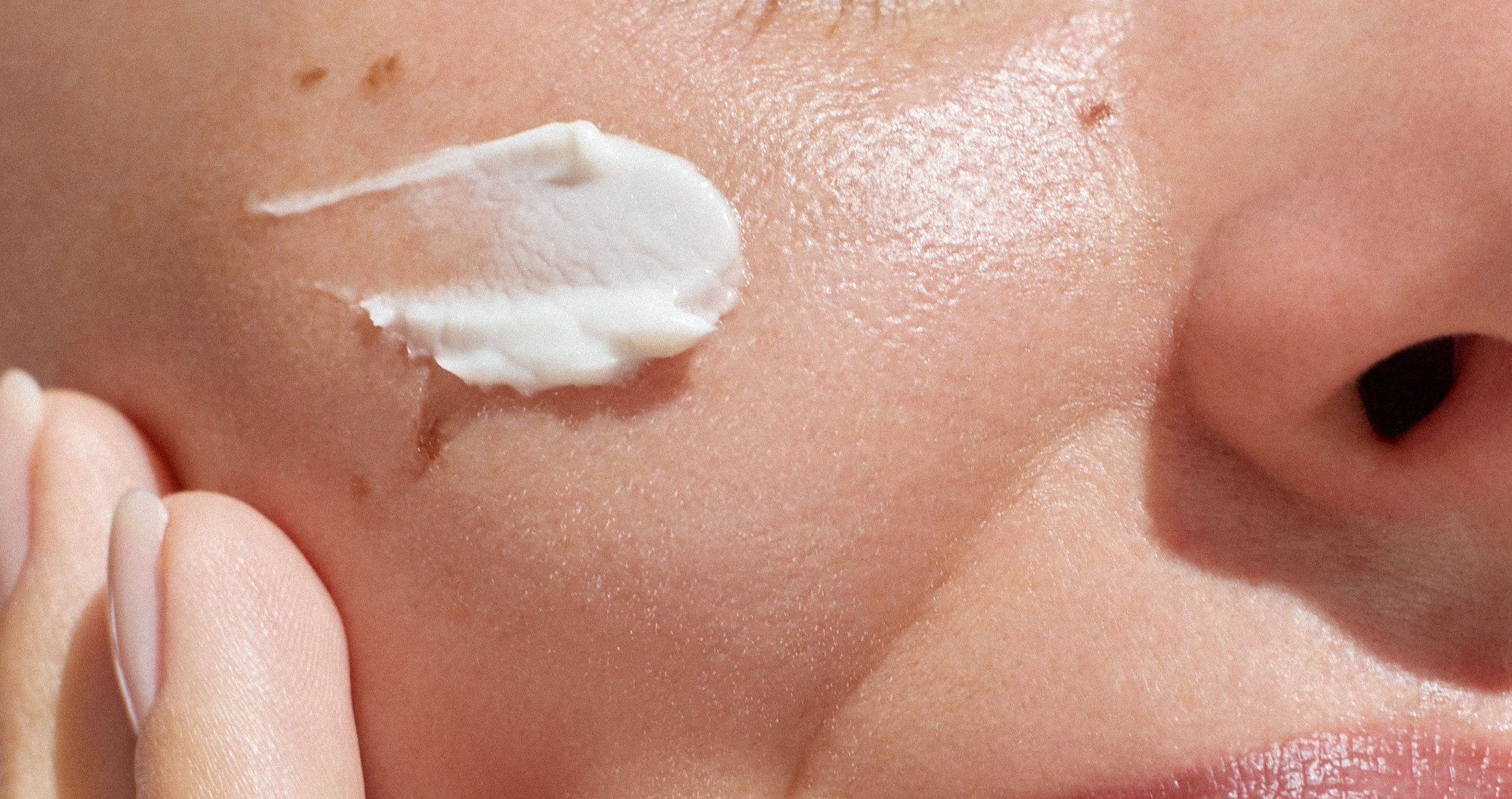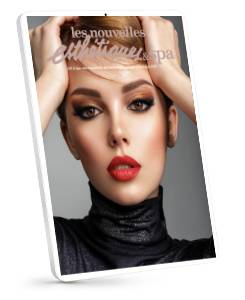
How to Differentiate Between Reactive, Sensitive & Sensitized Conditions
by Aurora Solis
When clients come in complaining of stinging, redness, or unexpected breakouts, the culprit is often labeled simply as “sensitive skin.” But in the world of skincare, not all sensitivity is created equal. There’s a big difference between sensitive, sensitized, and reactive skin—and knowing which one you’re dealing with can make or break your treatment plan.
Let’s break it down.
Sensitive Skin: Born This Way
What it is: Sensitive skin is a skin type—meaning it’s largely genetic. People with sensitive skin are born with a more delicate skin barrier and may have a lifelong tendency toward redness, flushing, and irritation.
Common signs:
- Thin or translucent skin
- Redness and visible capillaries
- Frequent irritation to products
- Prone to conditions like eczema, rosacea, or atopic dermatitis
Best approach: Focus on strengthening the skin barrier with calming, fragrance-free, minimal ingredient formulas. Think ceramides, hyaluronic acid, oat extract, and barrier-repairing moisturizers.
Sensitized Skin: Created Over Time
What it is: Sensitized skin is a condition, not a type. It’s caused by external factors—like over-exfoliating, harsh products, pollution, or even stress—that compromise the skin barrier. The good news? It’s usually temporary and reversible.
Common signs:
- Burning or stinging when applying skincare
- Sudden dryness or tightness
- Flaking or breakouts in areas not usually acne-prone
- Reactivity to products that previously caused no issues
Best approach: Treat the inflammation and repair the barrier. Strip back the routine to the basics—cleanser, moisturizer, and SPF—until the skin stabilizes. Introduce soothing ingredients like aloe, calendula, niacinamide, and panthenol.
Reactive Skin: Highly Triggered
What it is: Reactive skin is often confused with sensitive or sensitized skin, but it’s characterized by immediate and often dramatic responses to triggers—ranging from weather to emotions to certain foods or ingredients.
Common signs:
- Flushing, itching, or burning within minutes of exposure
- Sudden welts or redness
- Skin that changes depending on mood, climate, or stress levels
- May overlap with conditions like rosacea, allergies, or histamine intolerance
Best approach: Start by identifying and avoiding known triggers. Work with calming, anti-inflammatory ingredients and encourage clients to track reactions in a skin diary. Consider holistic support like stress management or gut health support when needed.
Why It Matters for Estheticians
As professionals, we must differentiate between these three states to choose the safest and most effective protocols. A true sensitive client may never tolerate microdermabrasion, while a sensitized client might once the barrier is healed. A reactive client may require patch testing and a more holistic, lifestyle-based approach to fully calm the skin. Listening closely to your client’s skin history—and observing how it reacts in real-time—is key.












